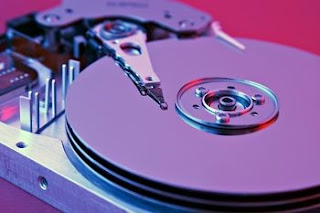
May it be a birthday party, a marriage party, a small family and friends get together, a picnic or world tour, we love to capture each moments of our life in a camera to make it memorable for all times to come. Digital images are easy to save, carry and transfer.
Most of the times we save digital photos to the computer hard drive. However, damage in the hard drive can cause inaccessibility of the images saved on the system thereby giving rise to a situation of severe case of data loss. A corrupt hard drive needs to be formatted in order to bring back to the working condition. However, the photos along with other data saved on the hard drive become inaccessible once it is formatted. To recover the photos you need an updated backup. But in absence of proper backup, you can still recover the digital images with Image Recovery Software.
Once I organized an elaborated party on the 25th anniversary of my marriage. I had snapped many images with my digital camera on the occasion. I preferred to save those images on my system.
However one fine day when I tried to boot in my system to view the images, I was unable to boot in. To this, I consulted one of my friends who happen to be a computer expert. He declared that the hard drive has become corrupt and suggested me to format the hard drive to bring it back to the working condition. He further told me that you will lose all the data in the hard drive once formatting the hard drive; but there is a solution of this. You need to use a Photo Recovery Software for recovering those photos.
This software thoroughly scans the formatted hard drive to recover the inaccessible images. Further, the user friendly user interface of this software allows even the naive computer user to easily recover the lost, deleted and inaccessible images from a formatted hard disk.



